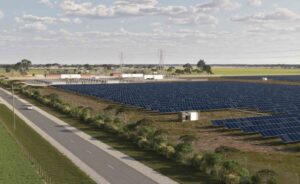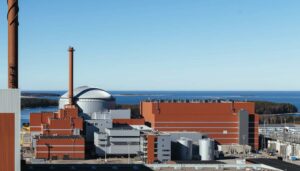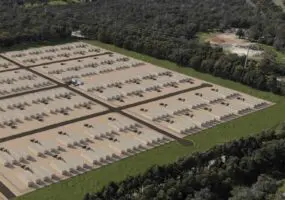The New South Wales government has delivered an early Christmas present to Barnaby Joyce this year, with plans for a new solar farm and big battery in his New England electorate approved for construction on Monday.
The NSW department of planning, industry and the environment gave the all clear – with the usual variety of conditions – for the 65MW Tamworth Solar Farm, which is being developed by an outfit of the same name, alongside a 19MW/19MWh lithium-ion battery energy storage system.
The project, which is classified as “state significant,” will be developed on agricultural land around 20km west of Tamworth in the New England North West region of NSW.
In its notice of decision, the department said the key reasons for granting consent to the project included the range of benefits the solar farm promised to provide for the region, including a capital investment of around $104 million and the creation of more than 200 construction jobs.
The proposed battery energy storage system was also considered a plus, for providing solar energy for dispatch to the National Energy Market and assisting in transitioning the electricity sector from coal and gas fired power stations to renewable energy.
“Importantly, the energy storage facility would enable the project to store solar energy for dispatch to the grid outside of daylight hours and / or during periods of peak demand, which has the potential to contribute to increased grid stability and energy security,” the department said in its State Significant Development assessment.
Once complete, the solar farm is slated to generate enough electricity to power around 30,000 homes, saving over 131,000 tonnes of greenhouse gas emissions per year. The project will connect to the grid via TransGrid’s transmission line which traverses the site.
According to the decision summary, the local Council did not object to the solar farm going ahead, and the project received good support from the community, with just five public submissions, only one of which objected to the project. Not bad considering the documents note there are nine non-associated rural residences within 2km of the site.
The key issues raised in the objection related to impact on prime agricultural farming land, traffic impacts, removal of native vegetation and associated visual impacts and impacts of road generated dust on residents.










